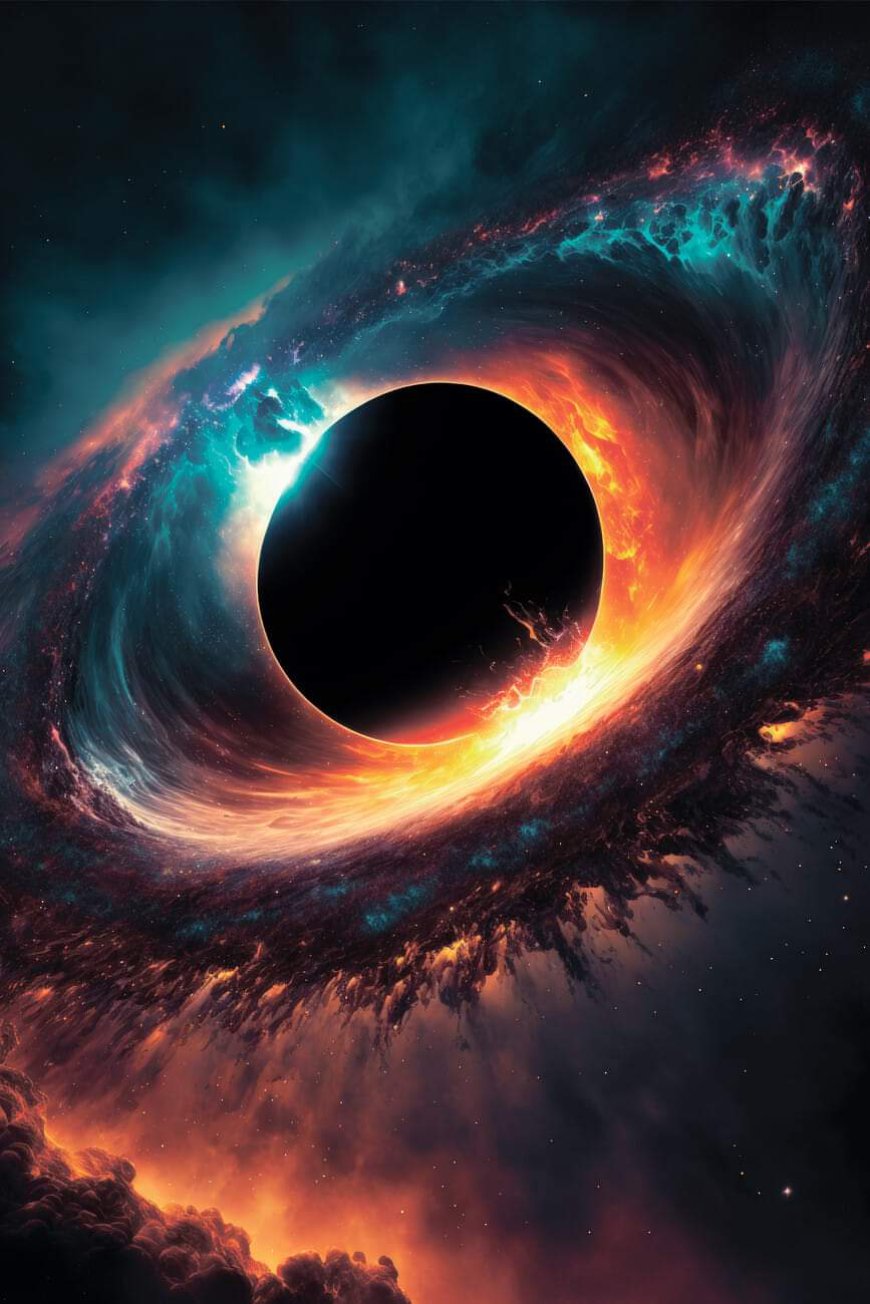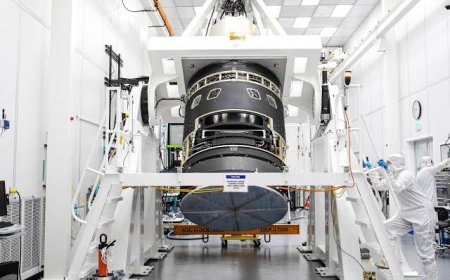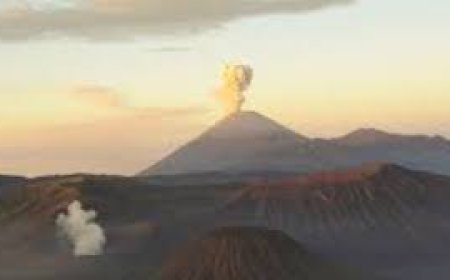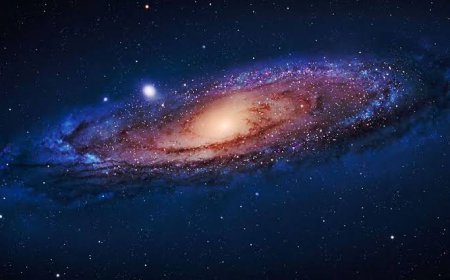The Big Bang vs. the Singularity

The Big Bang is one of the most widely accepted theories about the origin and evolution of the universe. And interestingly, theoretical physicist Stephen Hawking in his book A Brief History of Time used a single mathematical formula (E =MC^2) to make the Big Bang and the subsequent expansion of the universe understandable to the common man. 14 billion years ago, our universe was a were concentrated into superheated points of infinite or infinitesimal mass. In the language of physics, this condition is called singularity. After that, a huge and unimaginable explosion happened in just one second. Meanwhile, the temperature dropped to about five billion degrees Celsius. Basically this was the Big Bang. Then three hundred thousand years passed. The temperature of the universe dropped to such a level that atoms started to form. The first atom in the universe was the smallest hydrogen helium. A hydrogen atom consists of a single electron, which revolves around another proton. Helium, on the other hand, has two electrons, which revolve around two other neutrons and two protons.
About a million years later. Our nascent universe has yet to give birth to any planets. It was only full of superheated clouds and dust particles. And in this cloud and dust there was 98% hydrogen and 2% helium. And we call it nebula in scientific terms.
Now talk about what is this singularity??
A misconception we have is that we mean a singularity as a tiny ball of fire that appears somewhere in space. But according to many experts, there was no such thing as space before the Big Bang. When humans first set foot on the moon in 1969, three physicists and astronomers Stephen Hawking, George Ellis, and Roger Penrose turned their attention to the theory of relativity, and its underlying cause is our understanding of time. Between 1968 and 1970, they published papers detailing Einstein's General Theory of Relativity, along with the results of some of their experiments in time and space. According to their results, time and space, like matter and energy, had a definite beginning. Here the singularity was not inside space, but rather space had its origin inside the singularity. Nothing existed before the singularity. There was no space, time, matter or energy. So the question may arise, where or from what did the singularity originate? We don't know, we don't know where it came from or where it was. In fact, all we know about the Singularity is that we are in it, and that once upon a time the Singularity may not have existed, nor did we.
When discussing the Big Bang theory, a question may arise in our mind, is there any substantial evidence that supports this theory? First of all, we are reasonably sure of one thing, that our universe had a beginning. 14 billion years ago, we had our four Everything I see next to me—yes everything—planets, stars, galaxies, you, me—is the source of all this tiny, concentrated, infinite energy. Its scientific name is 'Singularity'. As tiny as we can imagine, this singularity point is thousands of times smaller than that. Yes, it is very difficult to understand the whole thing quickly!
The Big Bang model says that at some point, for some reason—though we don't yet know exactly what that reason was—this 'singularity point' began to expand at a very rapid rate. Its speed was unimaginably fast, even faster than the speed of light. But scientists didn't have to burn much wood to establish such a groundbreaking, paradigm-shifting theory. It goes without saying that observations and mathematical calculations show that all the long-cherished ideas are wrong. Our universe is not actually stable, we have to give proof of that size! Interestingly, the name Big Bang was not given by any of these scientists, but the scientist Huell, the proponent of the stable universe model, once said it in a joke. From there, the Big Bang word gradually took hold.
#SAAC
Author:- Ahmed Imtiaz Sohail
Student, Department of Astronomy and Planetary Science
Arizona State University


















































